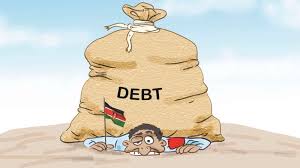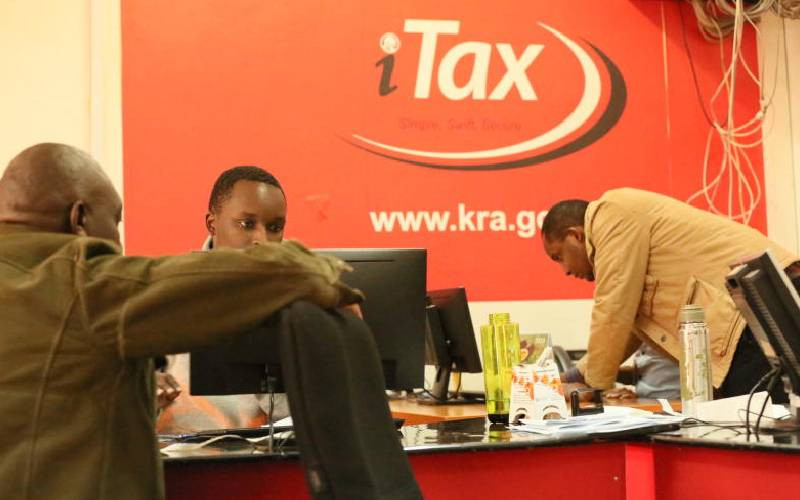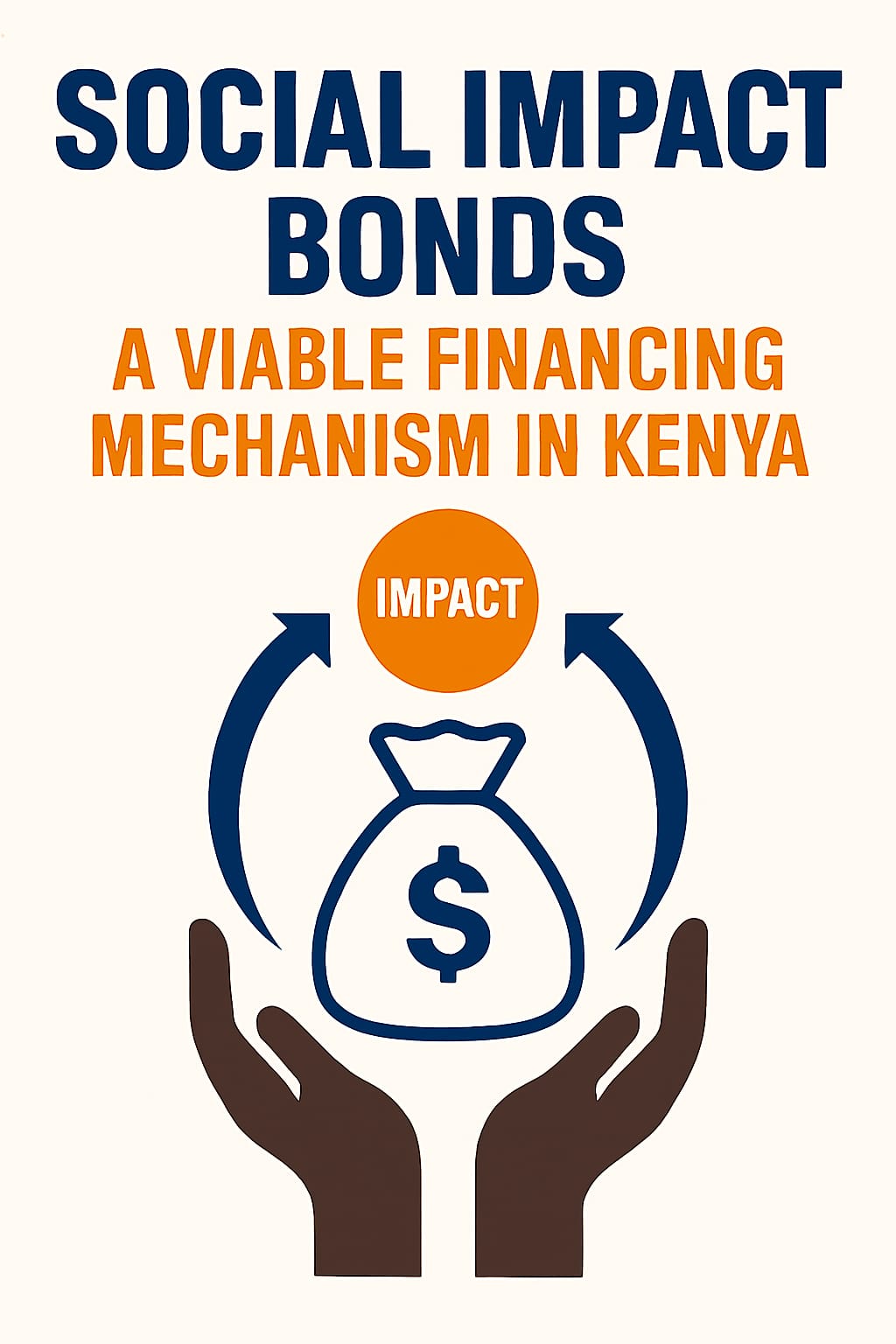Friday, November 7, 2025
Author: Ivy Wangeci
Category: Public Debt
⏱️ Estimated Read Time: 6 min read


Public debt is the accumulated amount of borrowing that the government owes to the private sector and foreigners. Kenya’s public debt was KSh 11.02 trillion as of March 2025, which is an increase from KSh 10.5 trillion in June 2024. The debt has accumulated to 63.7% of Kenya’s Gross Domestic Product (GDP), meaning that the total government debt is equal to 63.7% of Kenya’s annual economic output. This debt-to-GDP ratio exceeds the Kenyan legal and advisable threshold of 55%.
This debt is composed of external and domestic debt. External debt is the debt owed by a country to foreign creditors, while domestic debt is debt owed to creditors within the country. As of March 2025, Kenya’s external debt was 5.09 trillion, which is 49% of the total debt, while its domestic debt was 5.9 trillion here which accounting for 51% of the total debt. Her domestic debt is higher than external debt because of increased inclination towards domestic financing and constrained access to external financing. Multilateral lenders, including the World Bank, account for 53.9% of external debt, bilateral lenders account for 21.4%, and commercial lenders account for 24.7%.
The debt-to-service ratio measures a country’s ability to repay its foreign debt, and the higher it is, the greater the servicing risks. For Kenya, this ratio is at 67.1% meaning that 67.1 cents of every shilling the government collects as revenue is used to service its principal and interest debt payment obligations. This means that less money is available for key areas like healthcare, education, and social protection.
There are several reasons why this debt has grown significantly. Persistent fiscal deficits are the biggest driver of Kenya’s debt, as shown in Figure 1 below.
Figure 1: Trends in public Debt Stock and Fiscal Deficit as a % of GDP
Source: National Treasury Statistical annexes.
Kenya’s spending outpaces its revenue collection. Since the government has tried to expand its tax base, revenue collection has fallen short of targets. Also, a large portion of the revenue collected goes towards non-development items like paying salaries, leaving little room for essential services and borrowing for development.
Secondly, the High cost of borrowing and debt servicing has also been attributed to their high debt. The shift to borrowing from commercial foreign lenders who charge high interest rates and offer short repayment periods cannot be overlooked in this case. Domestic borrowing, where the government offers high interest rates, increases the overall cost of borrowing.
Populist policies, such as Large-scale infrastructure projects, where the government borrows a significant amount of money to finance the projects, have also contributed to this high debt. The Standard Gauge Railway is a good example of the government having borrowed between $ 4.7 billion and $5.7 billion, pushing Kenya’s debt from 38% of the GDP in 2012 to nearly 70% of the GDP in 2017. It has become a financial burden that consumes an increasing chunk of the nation’s revenue.
With this debt being Kenya’s reality, with these high debt levels, the costs are not only a burden to the people of Kenya but also have an erosion effect on the Kenyan economy. The biggest impact on the citizens of Kenya is reduced spending on public services because most of the revenue collected by the government is allocated to paying the debt. Development expenditures accounted for approximately 14.8% to 18.7% of the total national budget in the financial year 24/25. Low development means lower public investment, resulting in lower economic growth and reducing the quantity and quality of public goods, as can be witnessed with lecturers' strikes, reduced capitation and cutting some social protection services.
Unsustainable debt beyond the advised threshold weakens investor confidence. Concerns by investors over political instability, like the one witnessed in the June 2024 protest, brought about by need to raise more government revenue due to debt pressure, saw the country suffer billions of shillings in paper wealth loss estimated at around 34 billion between June and September and the government inability to manage its debt which is reflected when Kenya’s credit rating is downgraded. Credit rating is used by sovereign wealth funds, pension funds and other investors to gauge the creditworthiness of a country.
Table 1: Kenya’s Credit Rating 2024, 2025.
| Agency | Rating | Outlook | Date |
| S&P | B | Stable | August 22, 2025 |
| S&P | B- | Stable | August 23, 2024 |
| Moody’s | Caa1 | Positive | January 25, 2025 |
| Moody’s | Caa1 | Negative | July 08, 2024 |
Source: Global Sovereign Rating Trends 2024-2025
Moody’s 2024 rating (Caa1) means the obligation is to be judged to be of very poor quality and subject to very high credit risk, while Moody’s 2025 rating indicates a potential improvement in Kenya’s debt management. S&P rating B and B- falls in the “junk” status category, meaning the issuer currently has the capacity to meet its financial commitments, but adverse business or economic conditions will likely impair that capacity.
Resolving Kenya’s looming debt crisis would involve a combination of measures. The most important one is improving transparency in debt reporting. Establishing robust mechanisms for monitoring and reporting public debt is crucial. Things like audit reports should be disclosed to the public so that reporters and economists can follow up on reducing corruption.
Managing borrowing and lending more effectively must be implemented. The government should strengthen institutions like the Public Debt Management Office to undertake regular and comprehensive debt sustainability analysis. The government should also ensure that every dollar borrowed generates a sufficient return for the economy by enforcing project viability. The government must shift its focus away from expensive commercial loans and opaque bilateral loans towards concessional financing like the World Bank, who have lower interest rates and longer grace periods.
In conclusion, Kenya’s high debt is becoming a burden not only to its people but also to the economy. The government should consider implementing measures to help reduce debt, such as debt restructuring, default and fiscal consolidation as many experts have been championing for.









